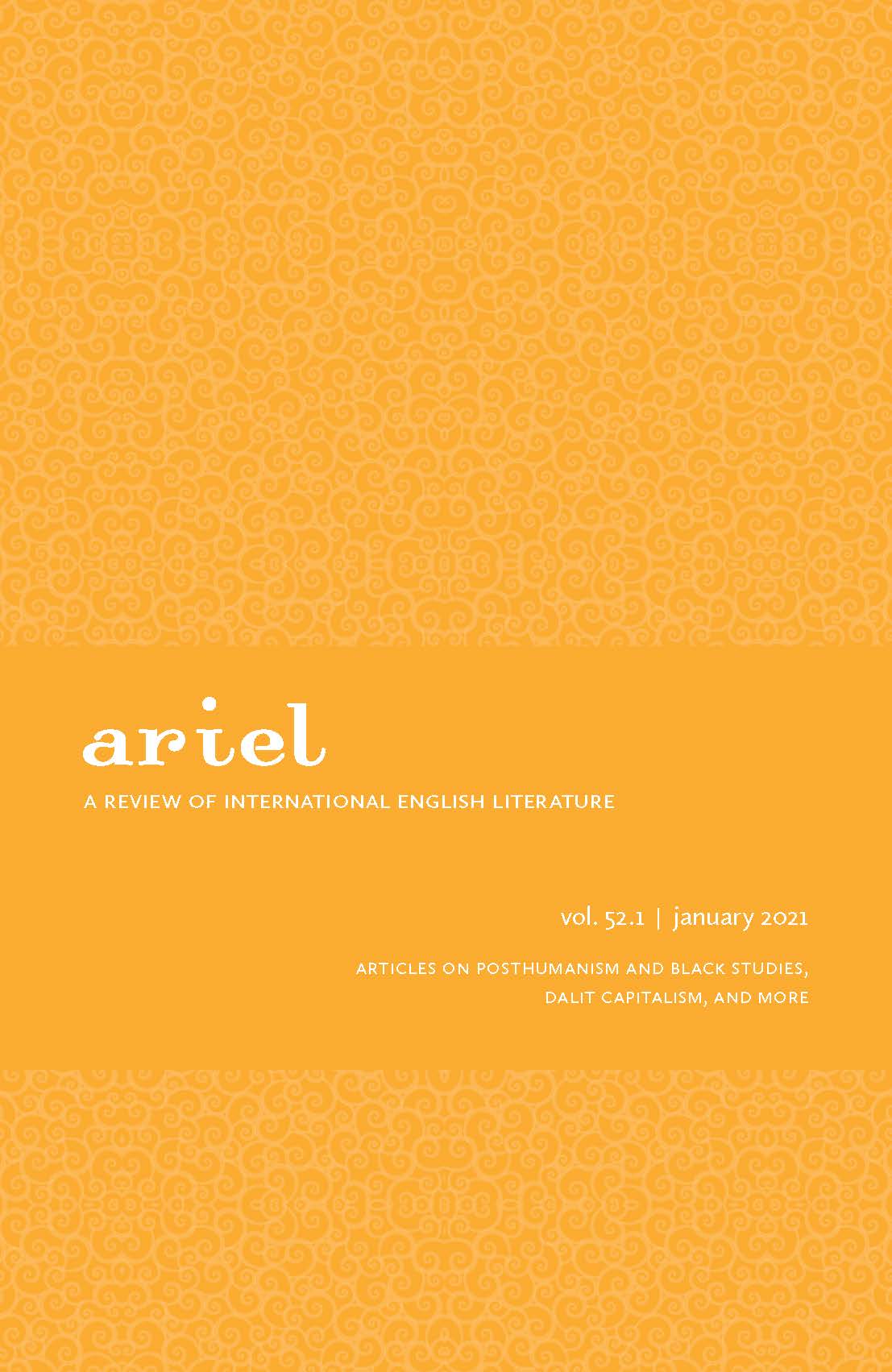Posthumanism and Black Studies in Nalo Hopkinson’s Brown Girl in the Ring
Keywords:
Critical Posthumanism, Spiralism, Vodou, Science Fiction, Black StudiesAbstract
The growing field of critical posthumanism provides conceptual tools for dismantling the hierarchical binaries of Europe’s liberal humanist tradition. The discipline has, however, increasingly faced criticism for its deracialised analyses and lack of engagement with the insights of Black and decolonial artists and theorists.
Scholars such as Sylvia Wynter, whose writing uncovers the foundational connection between the hegemonic conception of the “human” within Western modernity and the creation and hierarchisation of race, have been largely absent from critical posthumanist frameworks. Through an analysis of Nalo Hopkinson’s Brown Girl in
the Ring (1998), this article aims to address this omission of perspectives from those who, rendered foundationally abject within prevailing Western epistemes, have always imagined beyond the narrow codes of what it is to be human within humanist thought. I draw on the language of Spiralism—a literary and philosophical movement developed in Haiti—to articulate how Hopkinson’s novel dismantles the anti-Black codes of being and situates the human non-hierarchically within a more-than-human cosmos. In so doing,
the novel explores posthuman ways of being without reiterating the Euro-American genealogy of critical posthumanism scholaraship.


